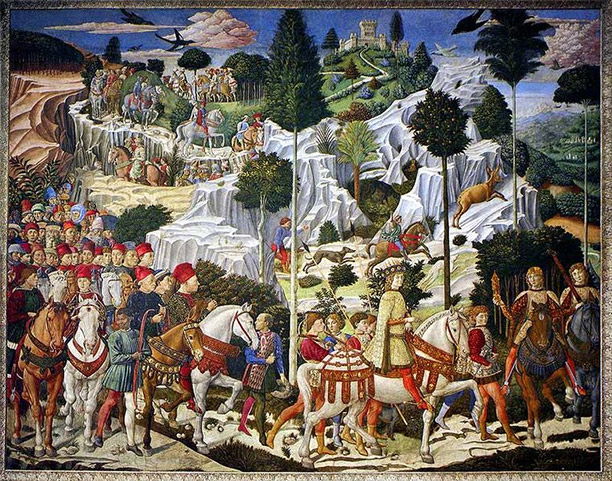

The new specimen adds to a small but growing record of extinct trichechids, increasing the fossil record of this group in South America and allowing us to further explore their evolutionary history. The material described here represents the first evidence of a mammal from the Barzalosa Formation, the earliest record of Potamosiren so far reported and one of the only two trichechid records for the early Miocene of South America. This unit crops out in the Pubenza locality, at the Tocaima municipality of the Cundinamarca Department, Colombia. magdalenensis is reported herein, collected from the early Miocene Barzalosa Formation.

A new specimen referable to Potamosiren cf. Potamosiren magdalenensis Reinhart, is an extinct species of manatee (Sirenia, Trichechidae, Trichechinae), which has only been recorded for the middle Miocene Honda Group, in the La Venta area (Huila Department, Colombia). The trichechid fossil record is even scarcer, including occurrences in the early Miocene portion of the Pebas Formation, in Peru (Antoine et al., 2016) the middle Miocene Honda Group of Colombia (Domning, 1997) late Miocene Ituzaingo and Urumaco formations of Argentina and Venezuela, respectively (Ameghino, 1883 Linares, 2004) Pleistocene of North America (Domning, 2005 Bell et al., 2020) and the late Pleistocene of the Amazon River Basin, in Brazil (Perini et al., 2020 and literature therein). Dugongids are known from the early Miocene Pirabas Formation of Brazil and the Culebra Formation of Panamá (De Toledo, 1989 De Toledo and Domning, 1991 Velez-Juarbe and Wood, 2019) the middle Miocene Montera Fm of Peru (De Muizon and Domning, 1985) as well as from the late Miocene Urumaco, Pisco, Bahía Inglesa and Paraná formations of Venezuela, Peru, Chile and Argentina, respectively (Bianucci et al., 2006 Domning and Aguilera, 2008 Koyabu and Sánchez, 2012 Velez-Juarbe et al., 2012b). The fossil record of extant sirenian families in Central and South America is scarce compared to the rest of the world. Surprisingly, this sirenian fauna, so far, shares no genera with the roughly contemporaneous and relatively nearby one from Kutch, western India. This specific time period is a poorly known and critical interval for interpreting Madagascar’s past, and these specimens are potentially highly significant for reconstructing sirenian evolutionary and biogeographic history. This pattern of shallow marine environments harboring multispecies sirenian paleofaunas is seen elsewhere in the world, and these three or four contemporaneous sirenians represent the first glimpse into Madagascar’s sea cow diversity during the Miocene. krahuletzi (Halitheriinae), the first Neogene halitheriine credibly reported from the Indian Ocean basin.

These include (1) a fragmentary braincase originally attributed to the genus Halitherium but here reidentified as a previously named species known only from Libya (Rytiodus heali Dugonginae) (2) a newly named genus and species (Norosiren zazavavindrano) interpreted as a primitive relative of Xenosiren (Dugonginae) (3) a probable dugongine not yet identified with any known species and (4) a taxon reported here as Metaxytherium cf. We report here at least three (possibly four) different early (or possibly later) Miocene dugongid sirenians recovered from the island of Nosy Makamby, Mahajanga Basin, northwestern Madagascar. These finds include sharks, bony fish, turtles, crocodylians, a middle Eocene sirenian (Eotheroides lambondrano), and the island’s first fossil dolphin. However, recent fossil discoveries from Madagascar’s nearshore marine deposits have begun to elucidate this mystery. The near lack of vertebrate fossils from the Cenozoic of Madagascar has left many of the details regarding the origin and evolution of the island’s extant faunas unknown.


 0 kommentar(er)
0 kommentar(er)
